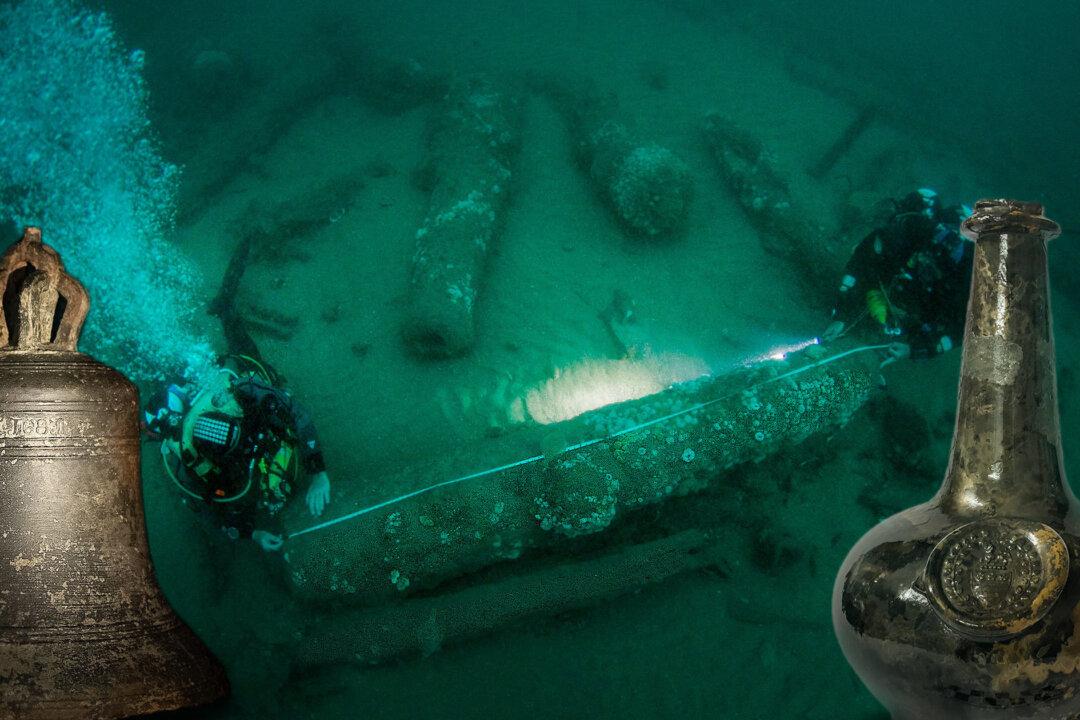A prestigious English shipwreck was discovered by a pair of brothers 28 miles off the coast of Norfolk. It’s a ship whose sinking could have quite literally changed the course of British history.
The brothers, Julian and Lincoln Barnwell, spent decades diving and exploring World War I and II shipwrecks; but later set their sights on a new challenge, one that took four years to complete: to find the 17th-century warship the Gloucester, which sank carrying the Duke of York and Albany, James Stuart, Britain’s then future king.






